Several issues ago, many badminton enthusiasts speculated on the base model of the Armotec racket, and the Speed 9 was one of the guesses. Indeed, the fiery red color, almost identical balance and stiffness tuning, as well as the highly similar technology applied to the frame, all give this lesser-known flagship-level Speed racket a certain resemblance.
However, after testing, it is still possible to distinguish the differences between the two. In fact, by carefully comparing the materials used in both rackets, the differences become evident.
The key point is, this is still a top-tier Speed series racket, and it should enjoy the same reputation as the Speed 10 and Speed 12.

Specifications:
3UG5, without grip tape, total weight in use is 91.0g, balance point is 301mm, 7.0mm Babolat carbon shaft, 210mm length, stiff setup, aero frame, string grooves at 9-3 o’clock, 76-hole string bed, tension warranty up to 28lbs, string tension set at 26-27lbs with VBS66N.
The Speed 9’s characteristic colors are fiery red and carbon black, making its overall aggressive appearance the strongest among the Speed series. The firm line distribution on the frame also gives the racket a sense of power. While the Armotec also uses red as its primary color, the Speed 9 doesn’t use as many gold decals for embellishment as the former. As a result, the Speed 9 doesn’t look as luxurious but rather more pure in design. However, the “9” marked on the shaft with stylish stickers becomes quite prominent. It’s worth noting that although the Armotec is a signature racket, the Speed 9 is still priced higher (1650/1690), which is rather intriguing.
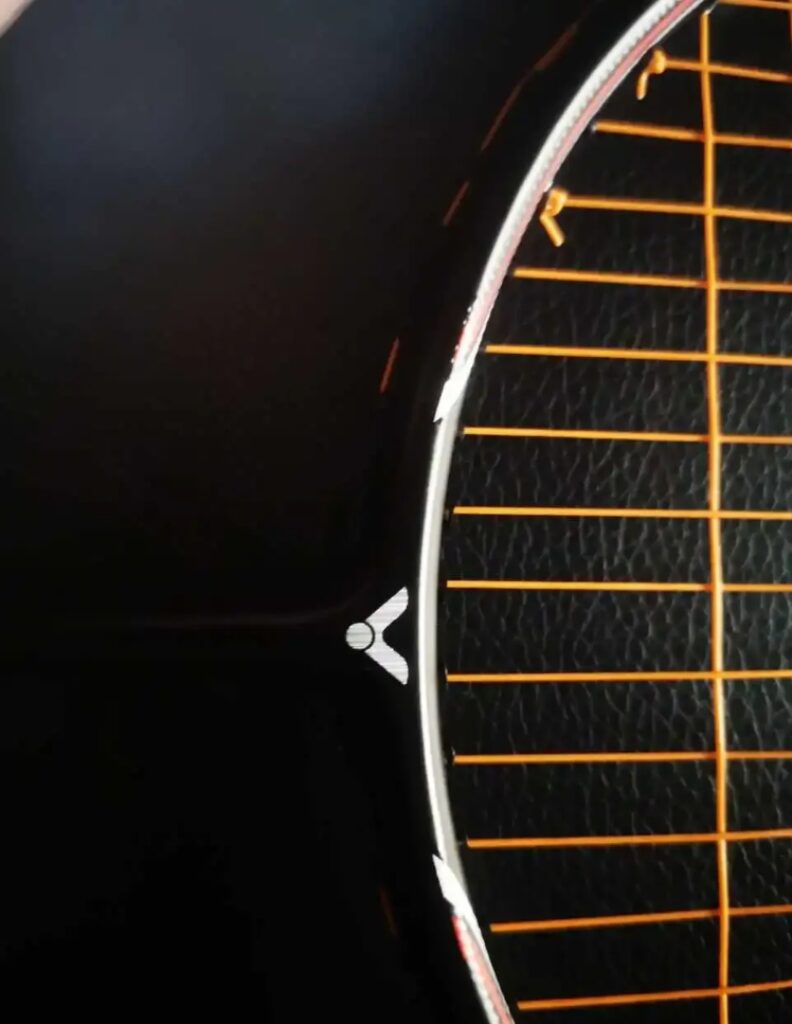
Whether holding it in hand or bouncing the shuttlecock with it, you can feel the similarity between the two rackets. From the stiffness, string bed feedback, to the head heaviness, they are quite consistent. The 3U version still swings very fast and is a well-balanced speed racket. The aero design is not overly aggressive, with the T-joint transitioning to an oval aero and further to a slightly diamond-shaped frame. A close look at the official page of the Speed 9 reveals two key differences: it uses Scion fibers and high-strength, high-rigidity carbon fiber, which is why the Armotec has a slightly higher tension warranty. These differences reflect the essential distinctions between the two rackets, and the Armotec has never been used in Speed 9 competitions.

On paper, as part of the flagship Speed series, the Speed 9 complements the product positioning of the Speed 10 and Speed 12.
Its difficulty level is quite similar to the Speed Armotec. The current setup’s balance point is just over 300mm, and the swing weight is not uncomfortable. However, the racket still offers a good sense of leverage during play. Whether it’s a clear shot, flat high shot, or a sudden smash, the feel is very crisp, with remarkable stability. The 3U Speed 9 is also likely a good choice for singles.
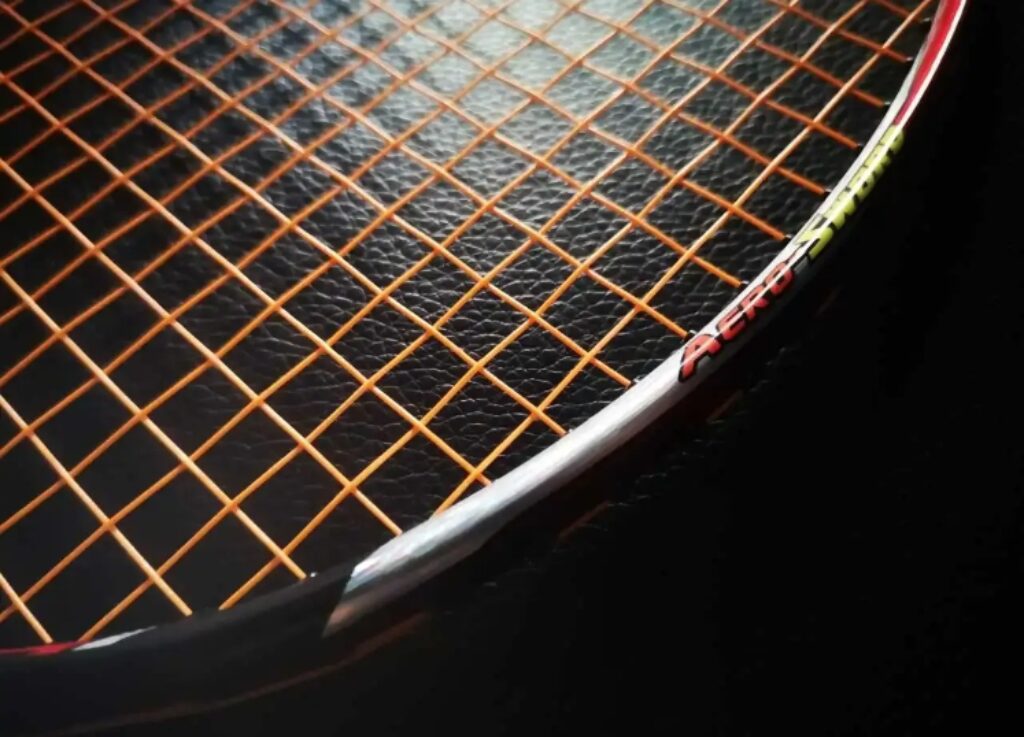
The racket’s quick responsiveness in flat exchanges makes it highly threatening. The large sweet spot and aero frame combination already give the user an advantage in fast-paced midcourt exchanges, allowing for better anticipation and follow-up shots. Moreover, after quick flicks or small strokes, the initial speed can be even higher, adding a sense of pressure. The shaft also recovers quickly, and at least in continuous backhand or underhand returns, there’s no noticeable wobbling.
At the same time, the hitting feel is more direct, leaving some feedback that’s hard to describe as either wooden or shocky, but it’s not overly pronounced. This unfiltered sensation, as long as it’s not excessive, is the type I prefer. It provides better directional feedback, allowing for continuous corrections on small adjustments in angle and force. Combined with the stable feel of the frame, the racket allows for fast touch shots at the net with stable control and consistency.
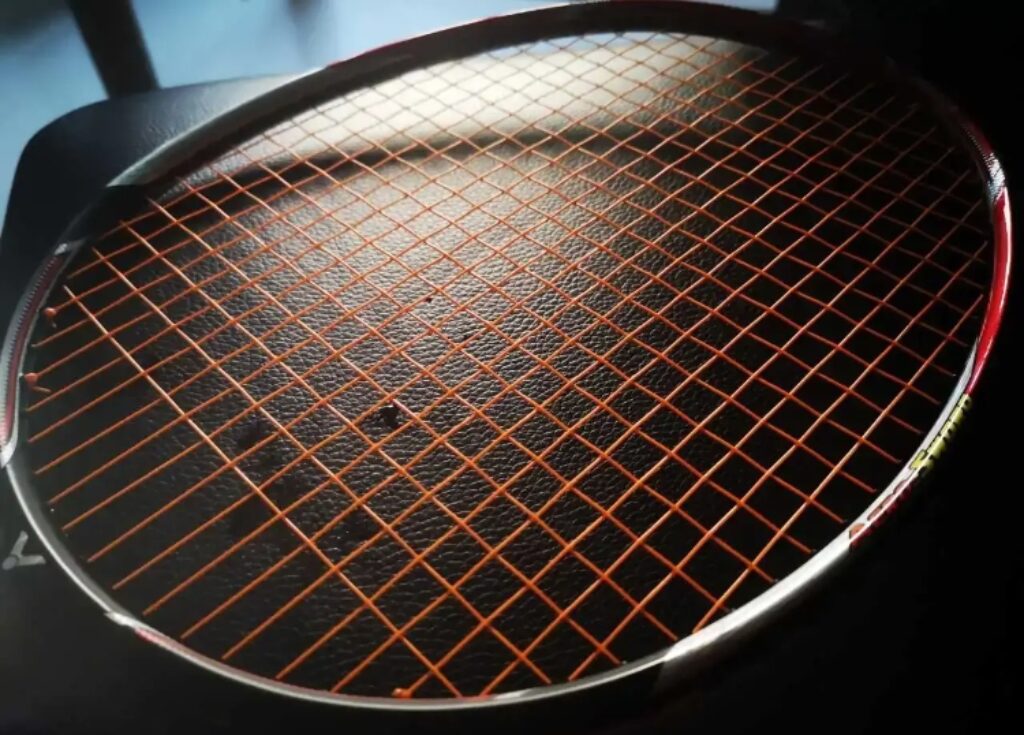
Of course, this crisp and springy feel is not excessive either, making it easier to maintain control when performing light drop shots from the backcourt to stay on the offensive without risking the shot being too low or too high.
Given the user’s capability, the 3U version of the Speed 9 is undoubtedly the superior choice, even in situations where high flexibility and passive power generation are required in continuous defense. To be honest, this racket won’t instantly grant god-tier defensive capabilities, but the 3U Speed 9 is a speed racket that combines excellent flexibility and stability. As long as you can reach the shuttle, it ensures both defensive and transition quality. The hard, springy texture shines during heavy smashes, allowing you to counter with quick flicks to the backcourt, breaking your opponent’s rhythm. If your opponent’s smashes are not high in quality, the solid feel ensures you can use soft blocks or cross-court shots to switch from defense to offense. However, it must be said that the 3U version is still not as effortless as the 4U in continuous shots, so the best state is to defend without leaving any gaps or taking unnecessary risks.
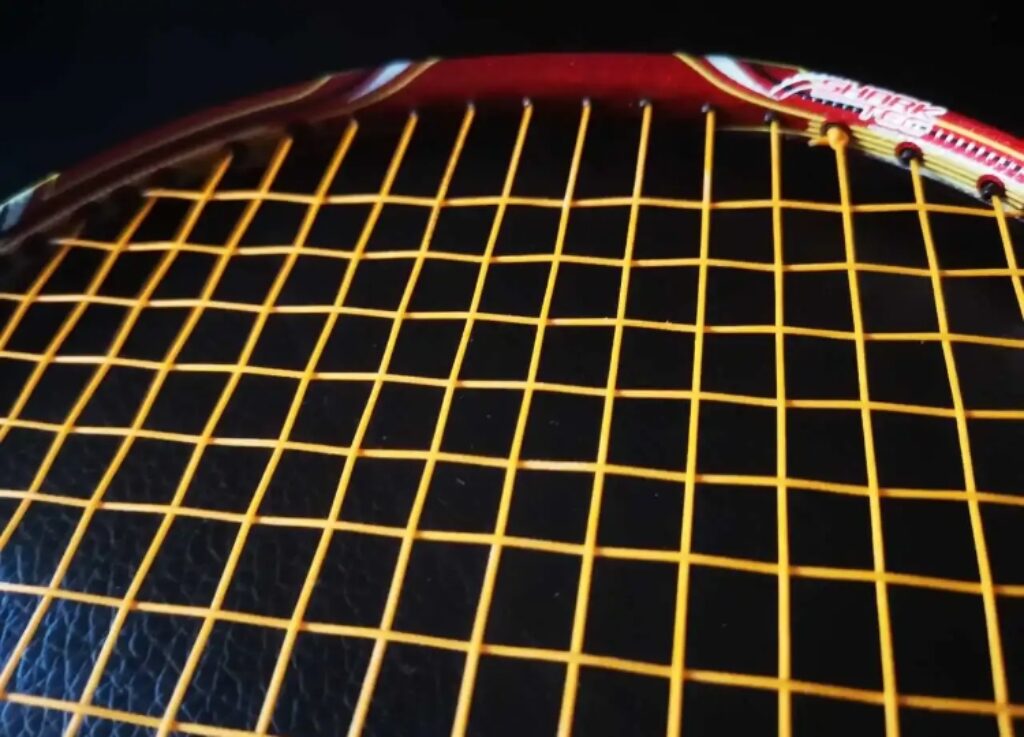
Notably, the Speed 9’s backcourt attack performance is also quite strong. The well-tuned Babolat carbon shaft ensures an elastic experience, and while there is a sense of shaft flex, the deformation is not significant. The power input and energy release are fairly linear, meaning the more effort you put in, the heavier the shot. Heavy smashes feel like a combination of both hitting and catapulting the shuttle out.
With good technique, the Speed 9’s heavy smashes, while not the most powerful, are certainly threatening. Once you get the feel for it, hitting powerful, fast, and well-angled smashes is no problem. Remarkably, even for players whose technique is not fully developed, the 3U version of the Speed 9, with its elasticity and ease of power transfer, still allows for effective smashes.
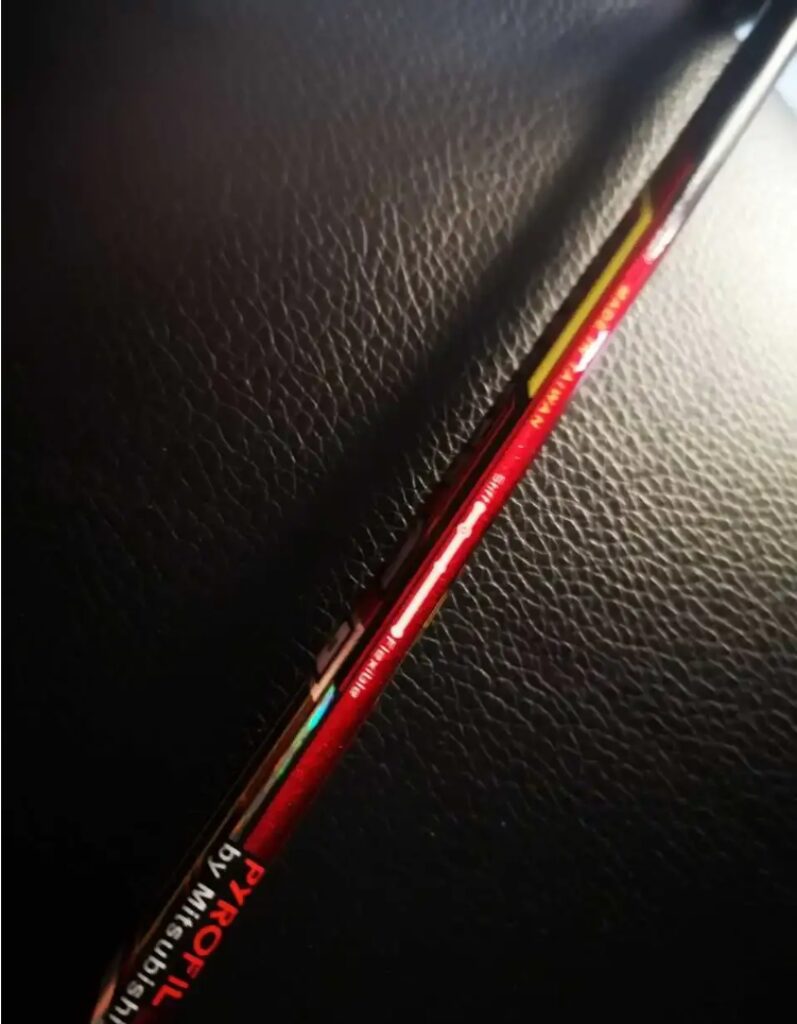
Without a doubt, it represents the highest standard of the Speed series, and it’s a well-balanced racket. Compared to the Speed 10, which maximizes offense and speed, and the Speed 12, which emphasizes continuity and a lower entry threshold, the Speed 9’s stability, high forgiveness, and lack of obvious weaknesses make it my favorite flagship in the series. It’s easy to understand why this racket has been used by many top men’s doubles players.
What I don’t understand, however, is why it has become a relatively obscure flagship from Victory. Perhaps, compared to something that suits oneself, people are naturally more drawn to distinctive and exciting options.
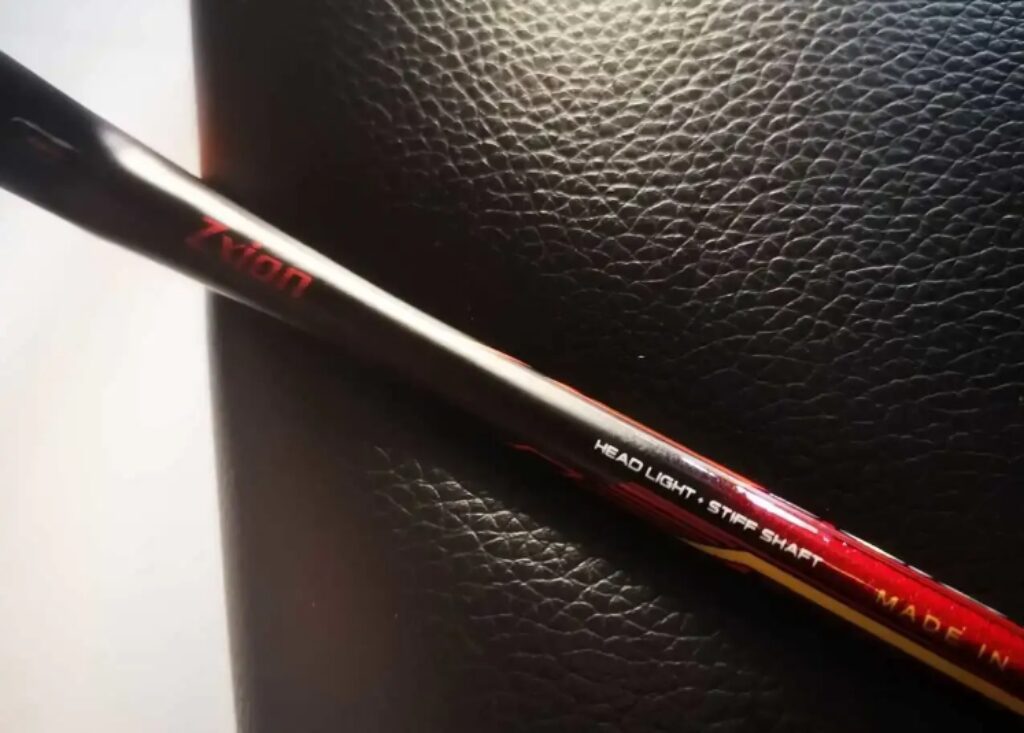

Leave a Reply